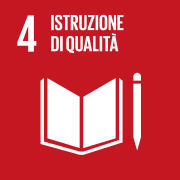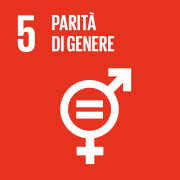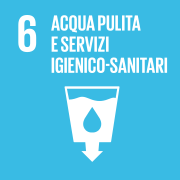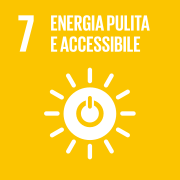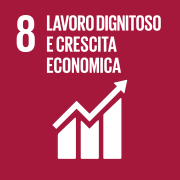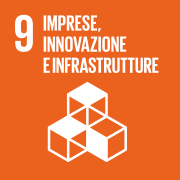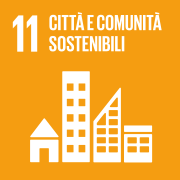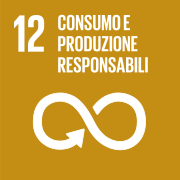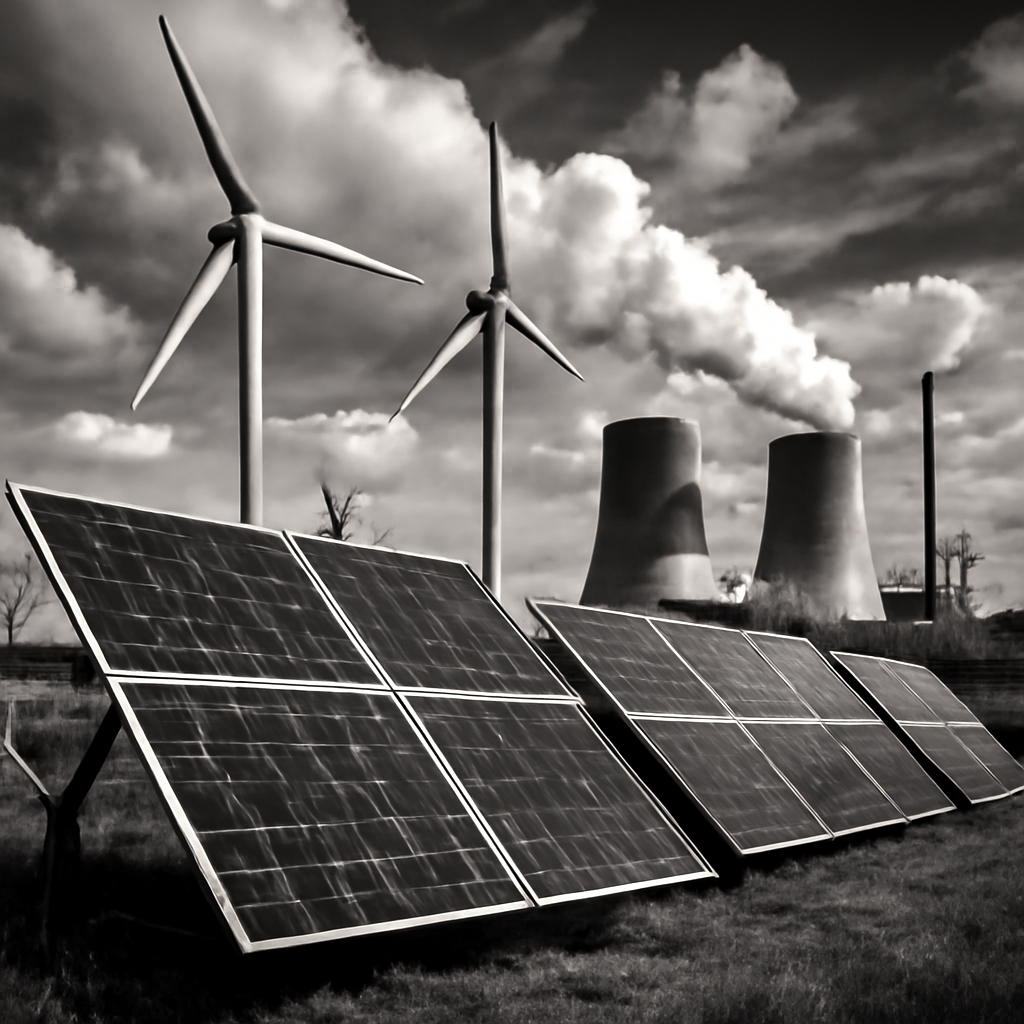
Towards a new European energy model
At the heart of the European political agenda for many years now is a vision that aims to create a sustainable, fair and resilient production and energy system. This is an ambitious goal, both politically and in terms of application, which has precise objectives: to contain the rise in global temperatures, reduce energy dependence on fossil fuels and promote industrial growth compatible with the planet’s limits.
It is in this context that the European Union has given rise to two strategic and regulatory frameworks: the European Green Deal, launched in 2019 by the European Commission led by Ursula von der Leyen; and the ‘Fit for 55‘ legislative package, launched in 2021, as a regulatory translation of the strategic objectives promoted by the Green Deal, with specific actions and targets to be achieved by 2030 to safeguard the environment. These are two steps along the same path, which aims to redesign the continent’s development model according to the principles of sustainability intertwined with those of technological innovation, but which is also affected by the setbacks caused by the economic and geopolitical crises that are already underway or that are rapidly looming on the horizon.
The European Green Deal: the strategic vision
Since its introduction in 2019, the Green Deal has been a means of economic and social transformation: it is not just an environmental policy proposal, but a systemic plan to make Europe the first ‘net zero emissions’ continent by 2050.
At the heart of the proposal is to achieve a decoupling of economic growth and the resulting environmental impact, all underpinned by a digital transition capable of enabling new models of production, consumption and governance.
Among the main thrusts of the Green Deal are the promotion of thecircular economy, the decarbonisation of the industrial system, the strengthening of sustainable mobility and a massive investment in renewable energies. At the same time, with the Just Transition Mechanism, the European Union has also chosen to equip itself with an instrument designed to support the regions and economic and social sectors most exposed to the effects of transition, so as to ensure social equity and avoid marginalising the most vulnerable citizens and workers.
Fit for 55: translating the transition into standards
As mentioned above, if the Green Deal is the strategic framework, the ‘Fit for 55’ is instead the set of all those measures that represent its concrete legislative articulation at EU level. In other words, the legislative framework in which to implement and conform the original vision of the Green Deal. Conceived in 2021, this set of regulations owes its name to the very objective it aims to achieve, namely to reduce greenhouse gas emissions by 55% by 2030 compared to 1990 levels, with the ultimate goal of achieving climate neutrality by 2050.
But this is a goal that requires the progressive approval of a series of increasingly challenging regulations (the first ones launched in 2022 and 2023) in order to be achieved. These entail radical changes for the production and social systems of Europe as a whole, which individual member states are then called upon to implement at national level.
Among the approximately fourteen ‘macro-measures’ contained in the ‘Fit for 55’ regulatory framework there are some that are considered priorities, such as: the revision of the ETS system (the market for emission quotas), the extension of the carbon tax at borders (CBAM) to avoid the phenomenon of carbon leakage, the acceleration in theelectrification of the vehicle fleet (up to the stop in the sale of internal combustion cars in 2035), and then new binding targets for energy efficiency and renewable sources. To these are added the rules on incentives for the adoption of low-carbon fuels, and those for the development of related infrastructure, as well as packages of measures for the individual transport sector: ‘ReFuelEU Aviation’ for new fuels in the aviation sector and the ‘FuelEU Maritime’ regulation for the maritime sector.
Digital technologies and industry: a necessary alliance for the transition
The implementation of the Green Deal and Fit for 55 is forcing an unprecedented structural reconfiguration of the European production system. It is not simply a matter of improving the environmental performance of companies, but of drastically rethinking the entire industrial value chain in the light of new ecological, regulatory and energy constraints. Some sectors more than others are going through the radical transformation processes for decarbonisation, with complex challenges in terms of technologies, costs and implementation timeframes.
In this scenario, the role of the ICT sector becomes decisive because data analytics platforms, smart grids, automation systems and environmental sensors are now essential tools for making energy infrastructures smarter and more resilient. Furthermore, the adoption of solutions based on blockchain and DLT technologies for the certification of renewable sources and supply chain traceability opens up new horizons both in terms of compliance and in terms of transparency and consumer engagement.
It is clear that regulatory leverage alone at the European or national level is not enough to make such a ‘radical’ transition effective: that is why it is necessary to intertwine the energy transition with digital innovation – where digital and sustainability feed off each other.
In the field of energy transition in the narrow sense, technologies such as green hydrogen, carbon capture and storage (CCUS), electrification of high-temperature production processes and the use of low-emission materials represent the foundations of industrial innovation in a ‘zero-emission’ perspective. However, the adoption of these and other solutions is also strongly dependent on the development of smart infrastructures as well as efficient data management and a competitive digital ecosystem.
In this perspective, the ICT sector is a transversal enabler of solutions for industrial decarbonisation, providing solutions and tools that improve efficiency, enable new business models and support the continuous monitoring of sustainability goals. Some areas in which technology acts as an enabler of sustainability solutions include:
– Data analytics and Artificial Intelligence: for real-time energy optimisation, early detection of anomalies in production cycles and simulation of consumption scenarios and environmental impact;
– the Digital Twins: digital twins to virtually replicate industrial plants, predicting the effect (through simulations) of operational changes or infrastructure investments before their actual implementation;
– Smart grids and IoT: Internet of Things to connect businesses to dynamic energy networks, facilitating load flexibility, but also promoting self-consumption and interaction with grid-distributed renewable sources;
– Blockchain and DLT technologies: technologies based on distributed archives (Distributed Ledger Technology) to certify the origin of the energy used, guaranteeing its traceability and improving transparency along the supply chain, as well as fostering new solutions for decentralised energy production and consumption.
Digital for governance and regulatory compliance in the energy and industry sectors
Implementing the energy and environmental transition according to the standards desired by the European Union is not only a matter of technology and investment, but also of governance and inclusion. Today, data governance mechanisms already enable companies to collect, interpret and share information on the environmental impact of their products and services. At the same time, the digital transformation of public administrations and interoperability between systems will increasingly enable effective monitoring of energy policies, thus enhancing their planning and evaluation.
Digitalisation thus offers not only solutions for rethinking production chains, but also new tools for the governance of the transition by institutions as well as for the transparency and compliance policies of companies.
These aspects are fundamental in the compliance with EU regulations and in the practices of adopting ESG standards for both energy and industrial/manufacturing companies. Managing the energy transition by adapting to the regulations contained in the ‘Fit for 55’ means, for example, adopting advanced ICT solutions to better respond to the new ETS emission allowance market regulations; but it also means tracking one’s import supply chain from abroad, since the entry into force of the CBAM (carbon border adjustment mechanism) will no longer allow European companies to outsource the ‘costs’ of the energy transition.
What future for European transition?
The trajectory that leads from the Green Deal to the ‘Fit for 55’ is a path of great transformation that looks to the future with optimism. However, the shadows of geopolitical and geo-economic crises are lengthening over the European continent and its choices on energy and industrial sustainability, which risk compromising their implementation. If until a few years ago the European Green Deal even seemed to represent a strategic lever for European foreign policy, the conflicts between Russia and Ukraine and the new political course of the United States and China have called everything into question.
The control of a large part of the value chain in the renewables sector by Chinese industries has prompted the EU to adopt regulations favouring the relocation of green tech production to the European continent, in particular through the adoption of the Net-Zero Industry Act and the Critical Raw Materials Act, but the implementation and effects of these regulations take a long time.
Similarly with the ‘REPowerEU’ plan, Brussels managed to stem the effects of the collapse of gas supplies from Russia after the start of the Ukrainian crisis, however, some states such as Germany and Poland had to resort to reopening old coal-fired power plants for energy supplies. All this has reinforced the concerns of many regarding energy security, and the ‘just transition’ understood as the socio-economic sustainability of such choices, to the extent that some of the measures contained in the ‘Fit for 55’ have been revised.
In particular, those relating to the stop of endothermic engines in cars by 2035 (at the urging of Italy and Germany) and the rules on the higher taxation of energy produced from fossil fuels are already being reviewed, to prevent these fiscal ‘disincentives’ from having too harsh an impact on the consumption of households and businesses in this particular economic situation.
While the path is fraught with obstacles, it is also full of opportunities, potentially making Europe a global leader in sustainable innovation through its regulatory, industrial and technological capacity. To achieve this, it will be crucial to continue to integrate the dimensions of digitisation and sustainability for progress that will make the change of the energy system in our part of the planet more efficient, clean and fair. The ‘Fit for 55’ rules may require adjustments and longer timeframes for their full implementation, however, today they represent the only possible path taken by such a large policy community as the EU towards the global challenges we all face.



